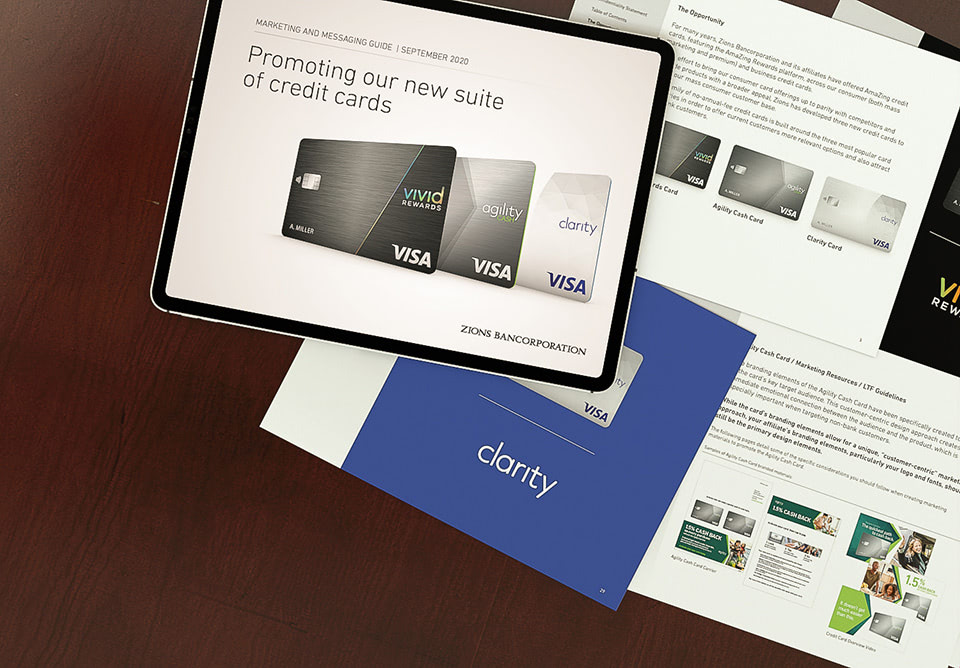Wells Fargo Bank: Bigger and Better in 2014

Recent trade articles point to a lead ad agency search by Wells Fargo Bank (WFB) reminding us that the bank views 2014 as the time to go further down the path of shaking things up… while continuing to evolve as a national player.
WFB has been very successful at developing deep relationships with its customers, as evidenced by total number of products per household (for consumers, eight products per household is the goal). However, like its big bank brothers, WFB is challenged by pulling off a stellar customer experience on par with its market capitalization ranking: #1 bank in America.
Across 2013, Jamie Moldafsky, chief marketing officer, has been upfront and consistent in her discussions about the bank and where it’s headed. As further proof of concept: it has launched a new PROPEL Amex card and ramped up corporate-wide social initiatives. (Note: Wells Fargo’s new American Express relationship, where it had been a predominantly Visa-only bank for many years, may be less about a deal and more about the perceived audience relevancy the new partnership might bring.)
Sorting through various WFB leadership interviews,* WFB’s corporate Vision and Values,” and the informative reporting of “Bank Notes” at The Charlotte Business Review, here’s a roll-up of potential 2014 priorities all with one thing in common – they’ll be led by the CMO and her corporate marketing team, thus broadening marketing’s role at Wells Fargo.
Renewed emphasis on CX: WFB is starting with a shared customer experience vision (one that allows for a look at the customer experience across business lines and channels) and then integrating that experience.
Product innovation: Jamie Modafsky speaks of filling product/service gaps: “Product innovation happens in white space… between products and channels. … We see what our customers want, and we see where there are gaps or space for us (marketing) to play.”
Lifetime value model: Michael Lacorazza, senior vice president of integrated marketing at Wells Fargo, speaks of a lifetime value model where “service becomes an integral part of marketing, leading to greater customer satisfaction and higher retention rates.”
Social strategy and integration: WFB is structuring social media under the CMO yet intends social platforms to support the entire organization. In practice, several teams help keep the wheels on the bus – a social steering committee, as well as a more content-specific, cross-business team.
Targeted marketing to segments: The focus appears to be shifting toward greater relevance. And like most big banks, appealing to the most desirable populations means the white space innovations WFB speaks about are most likely targeting affluents, millennials and a tech-savvy cross-segment audience. From financial management tools to new branch configurations, Wells Fargo is working to provide banking preferences and choice.
On the face of it, there’s not too much difference between these initiatives and the aspirations and intentions of all major national players. What will be interesting – and worth keeping an eye on – is how Wells Fargo Bank plans on accomplishing its vision via an organizational change that appears to empower the CMO and marketing with a broader role in the bank’s future.
*Sources include “Q&A with Jamie Moldafsky” (Forrester Research, 6/14/13), “17 No-Brainers For 2014 From 17 Award- Winning Marketers” (Fast Company, 11/14/13) and “How Wells Fargo Has Evolved Its Marketing to Fit a Larger Footprint” (Advertising Age, 8/20/13).






